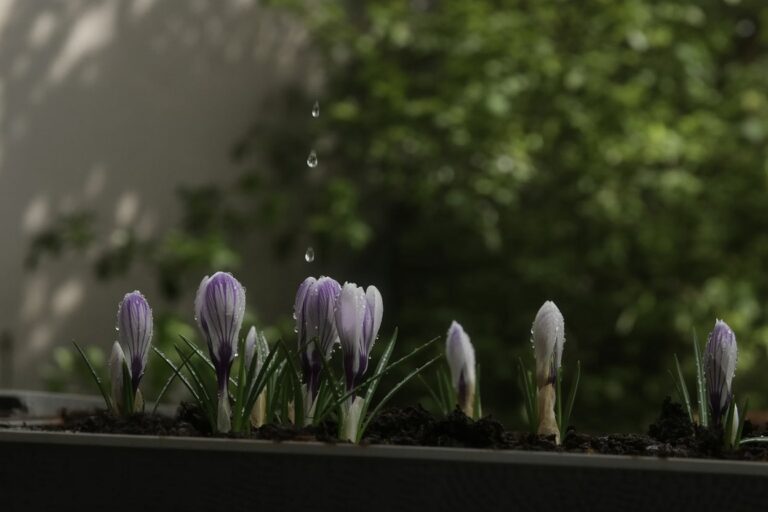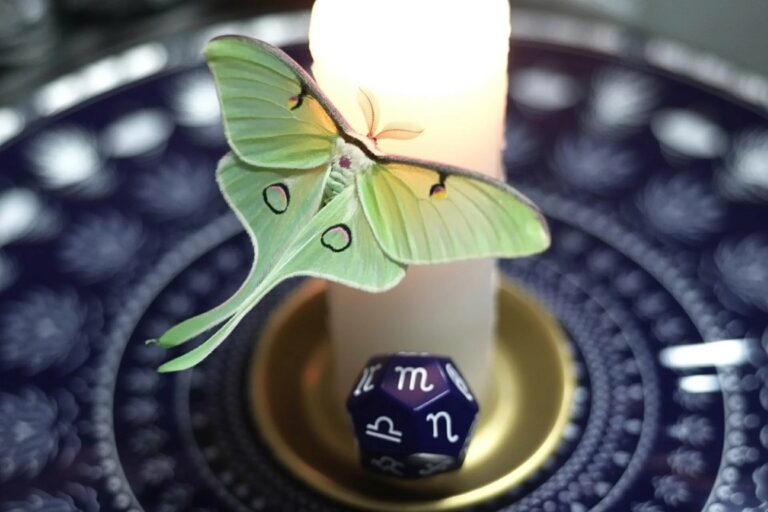Sensory Deprivation Rituals for Spirit Communication
Please note that posts on this site may contain affiliate links
Sensory deprivation rituals create powerful conditions for spirit communication by removing the distractions that keep us tethered to the physical world. When you strip away light, sound, and other sensory inputs, your consciousness naturally shifts toward the liminal spaces where spirits dwell.
I discovered this quite by accident during a power outage three years ago. My usual candle-lit ritual felt different in the complete darkness of my blacked-out apartment. The spirits I’d been struggling to hear clearly suddenly came through with startling clarity. That night changed how I approach spirit work entirely.
Most practitioners never realize how much our overstimulated environment interferes with otherworld connection. Your phone’s blue light, street lamps bleeding through curtains, even the subtle hum of electronics create a constant barrier between you and the subtle realms. The ancient Greeks understood this deeply when they built the Nekromanteion, underground chambers specifically designed for spirit communication through sensory deprivation.

The Ancient Science Behind Darkness
Archaeological evidence from the Nekromanteion site at Ephyra reveals chambers constructed to eliminate all external stimuli. According to research published by the Greek Archaeological Service, these underground spaces used multiple chambers to progressively reduce light and sound before reaching the final ritual room in complete darkness.
The ancient practitioners weren’t just being dramatic. Modern neuroscience shows that sensory deprivation triggers specific brainwave states associated with heightened psychic perception. When your brain stops processing constant sensory input, it shifts resources toward subtle awareness and pattern recognition.
I’ve taught this technique to dozens of students over the years, and the results consistently surprise them. Sarah, a student who’d struggled with spirit communication for months, achieved her first clear contact within her first week of practicing in complete darkness. The environmental shift often matters more than any ritual tool or technique.
Traditional shamanic cultures across the world used similar approaches. Vision quests involved isolating seekers in dark caves or underground spaces. The Celtic tradition of seeking wisdom in dark places shows up repeatedly in mythology and folklore.
Your modern challenge isn’t recreating an ancient temple. It’s adapting these principles to work in your current living situation, whether that’s a studio apartment or a house full of roommates.

Building Your Modern Nekromanteion
Creating effective ritual darkness requires more than just turning off the lights. You need to eliminate every source of illumination, including the tiny LEDs on electronics, light seeping under doors, and outside sources filtering through windows.
Start with your windows. Blackout curtains work for most situations, but you might need to layer them with dark towels or blankets for complete light elimination. I use thick moving blankets duct-taped directly to my window frames when I need absolute darkness. It looks ridiculous, but it works perfectly.
Electronics present the biggest challenge in modern spaces. Those little power indicator lights seem harmless until you’re trying to achieve sensory deprivation. Cover them with electrical tape or unplug devices entirely. Your smoke detector’s blinking light needs covering too, though never disable the detector itself.
Sound requires similar attention. Earplugs help with ambient noise, but you might need white noise or earplugs combined with soft background sound to mask unavoidable noises like traffic or neighbors. Some practitioners prefer complete silence, while others find gentle, repetitive sounds help maintain the trance state.
The physical space matters more than its size. I’ve done effective sensory deprivation work in a large closet and in dedicated ritual rooms. What matters is your ability to control the environment completely. Even a bathroom can work if you can eliminate light sources and minimize interruptions.
Temperature control affects your success significantly. Cold rooms make it harder to relax into trance states, while overly warm spaces can make you drowsy rather than alert. Aim for slightly cool but comfortable, around 68-70 degrees if possible.

Plant Allies for Enhanced Trance States
Certain herbs support the gentle trance states that make spirit communication easier in sensory deprivation conditions. These plants work by relaxing your conscious mind without impairing your awareness or safety.
Mugwort remains the most reliable ally for this work. Brew it as a tea an hour before your ritual, or burn small amounts as incense if your space allows. The herb enhances dream states and psychic perception without the intensity of stronger plant medicines. Start with a weak tea made from one teaspoon of dried mugwort per cup of hot water.
Damiana offers another gentle option that supports relaxation while maintaining mental clarity. This herb works particularly well for practitioners who struggle with anxiety during spirit work. Brew it similarly to mugwort, or combine both herbs in equal parts for a synergistic effect.
Lavender provides grounding energy that helps you stay centered during intense spiritual experiences. Add it to your herbal blend or use the essential oil on pulse points before beginning your ritual. The familiar scent creates a bridge between ordinary consciousness and ritual space.
Always research any herb thoroughly before internal use, and start with small amounts to test your individual response. What works powerfully for one practitioner might have no effect on another. I learned this when chamomile, which relaxes most people, actually makes me more alert and focused.
Some practitioners prefer to avoid plant allies entirely, working purely with environmental factors. Both approaches work effectively. The key is finding what supports your specific needs and constitution.

Working With Spirits in Darkness
Spirits often prefer darkness for communication because it eliminates the visual distractions that keep you anchored in physical reality. Many practitioners report clearer messages, stronger presences, and more detailed interactions when working in complete darkness.
Your other senses become more acute without visual input. You’ll notice temperature changes, air movement, and subtle sounds that indicate spiritual presence. These physical sensations often provide more reliable information than trying to see spirits visually.
Different types of spirits respond to sensory deprivation differently. Ancestral spirits seem to appreciate the quiet, contemplative environment it creates. Chthonic deities and underworld guides often find the darkness more appropriate to their nature than brightly lit spaces.
The key is learning to trust non-visual forms of communication. Spirits might communicate through sudden insights, emotional impressions, or physical sensations rather than clear voices or images. This shift in communication style often surprises practitioners accustomed to more dramatic manifestations.
Start your sessions with clear intentions and specific questions. The darkness makes it easier to drift into daydreaming, so maintaining focus becomes more important than in regular ritual work. I keep a small notebook nearby to record insights immediately, though writing in complete darkness takes practice.
Some spirits prefer gradual transitions into darkness rather than immediate sensory deprivation. Experiment with dimming lights slowly over several minutes before extinguishing them completely. This approach helps both you and any spirits present adjust to the changing environment.
The silence component matters as much as darkness for many spiritual contacts. Ancestors who lived in quieter times often struggle with the constant noise of modern environments. Creating pockets of deep silence gives them space to make contact more easily.
Your regular ritual tools might need modification for dark work. Anything requiring visual precision becomes challenging or impossible. Focus on techniques that rely on other senses: sound, scent, touch, and internal awareness rather than visual elements.
Many practitioners find their most profound spiritual experiences happen during these darker practices. The absence of external stimuli forces deeper engagement with subtle realms and internal awareness. What starts as an experiment in environmental control often becomes a fundamental shift in spiritual practice.

Full Moon Magic with Hekate: An Exclusive Guide
Unlock the transformative power of Hekate during the full moon for just $4.99 with ‘Working With Hekate During The Full Moon‘—awaken your spirit, harness new opportunities, and connect deeply with the goddess of witchcraft.






